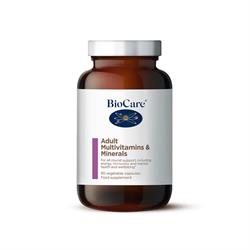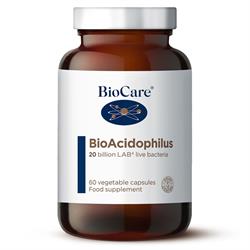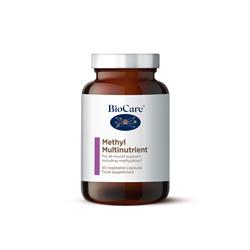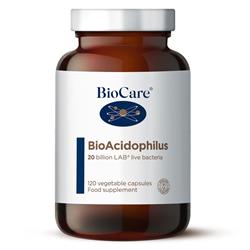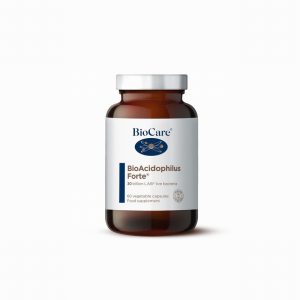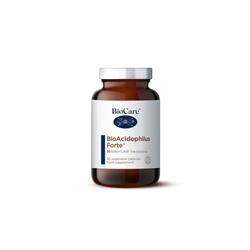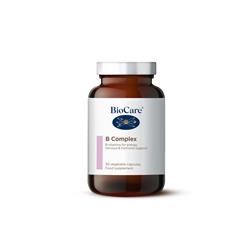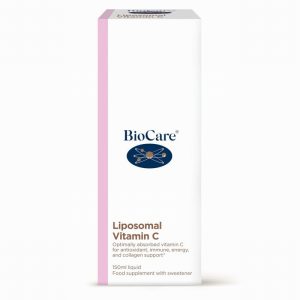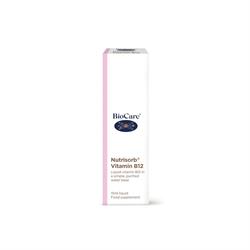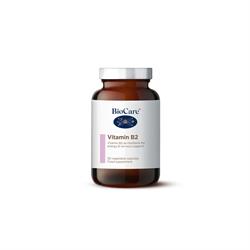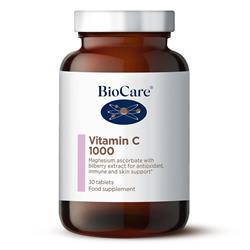5 Easy Ways To Reduce Inflammation In Your Joints
Sore joints can make life hard.
To say the least
Inflammation is a natural response to infection or injury…
BUT sometimes, it can become chronic or prolonged inflammation
Leading to pain and joint damage.
You can do many things to reduce inflammation in your joints and improve your quality of life.
Here are five easy ways to get started:
1. Eat a Healthy Diet That Includes Anti-inflammatory Foods
There are several diet plans you can follow to reduce inflammation in your body. One of the most popular is the Mediterranean diet, high in anti-inflammatory foods like fruits, vegetables, whole grains, fish, and healthy fats. Other good options include the Paleo diet and the autoimmune protocol diet.
Regardless of which diet you choose, it’s essential to eat plenty of fruits and vegetables, especially those high in antioxidants. Some other good anti-inflammatory foods to include in your diet are salmon, olive oil, turmeric, ginger, and black pepper.
Many arthritis sufferers also use diets like the low FODMAP diet or a specific carbohydrate diet to help reduce inflammation in their bodies. If following one of these diets, make sure that it’s been recommended by your doctor as an appropriate option for you.
In general, foods from plant sources tend to reduce inflammation more than foods from animal sources. Oily fish can be a good source of protein, but most types of red meat increase inflammation in the body over time. And should be avoided.
Many people with arthritis also find that their symptoms are worse when they eat a lot of sugar or refined carbohydrates. When you eat carbs, try to choose those high in fibre and nutrient-rich.
If you’re following a specific diet plan, try to eat organic versions of meats and produce as much as possible to avoid exposure to added hormones or pesticides. This isn’t necessary with all foods, but it can be helpful for those that contain higher levels of chemicals like
2. Omega-3 Fatty Acids
Omega-3 fatty acids are esssential polyunsaturated fatty acids. They play a crucial role in human health and are necessary for human growth and development. Omega-3 fatty acids have anti-inflammatory effects. This means that they can help to reduce inflammation in the body.
Fatty acids or lipids compose the outer layer of all of your cells. As such, they’re required to ensure that toxins and other nasty debris don’t enter your cells. Omega-3 fatty acids protect the body against substances that promote inflammation, like eicosanoids and cytokines.
Eating omega-3 fatty acids can help reduce inflammation, which is why they are often recommended for people with arthritis. A few sources of omega-3 fatty acids are: salmon, walnuts, flax and chia seeds. Consuming adequate amounts of omega-3 won’t just reduce inflammation to help your joints. A side benefit is that it can reduce anxiety.
3. Exercise Regularly to Improve Joint Health & reduce inflammation
When you exercise, your body produces cartilage-building compounds (Glucosamine and chondroitin sulfate), which can protect and rebuild cartilage. In turn, easing the pressure on your joints. Exercise also helps keep your weight down, which reduces the load on your joints.
Get on the right track from the beginning by finding a regular form of exercise, whether it’s heading to the gym, aerobics, yoga class or for a walk. Strengthening exercises can reduce pain. It’s vital to stay within your limits and not push yourself because that can cause you to injure yourself.
It’s important to stay active, not over-exert yourself, and take care of your body. If a joint hurts, don’t do activities that put pressure on the sore joint. Gentle yoga and stretching can ease the strain on your joints. Always ask your teacher if they can show you modified stretches if a particular area of your body is sore.

4. Applying ice or heat can help to reduce inflammation in the affected area.
Heat will help to
increase blood flow and promote healing. You can use a heating pad on the low setting to apply heat. Apply heat for 10-15 minutes, 3-4 times per day. Wait at least 48 hours after the injury before using heat.
When you return to sports or other strenuous activities, be careful not to re-injure yourself. Stop exercising if you experience pain and swelling. If you have an exercise program written by your doctor, start back gradually with light activity and slowly build up to full strength over a few days or weeks.
If you have a high level of pain and swelling, fever, numbness/tingling in your fingers, toes, or limbs, nausea, sweating for no reason, vomiting that does not stop when lying down, vision changes (blurred or doubled vision), black stools or bloody stools, piercing chest
5. Massage Can Reduce Inflammation
Massages enhance blood circulation and reduce inflammation, which can help relieve joint pain. A regular massage schedule may be an excellent way to reduce the amount of pain you experience from chronic joint conditions.
Staying hydrated can also help to reduce joint pain symptoms. Dehydration increases the risk of inflammation in your body, leading to increased pain. Eat foods bursting with water , like fruits and vegetables, or drink plenty of water throughout the day as a simple way to potentially reduce some of your daily discomforts.
“Your body is designed to heal itself, and you can give it the tools it needs by utilizing simple strategies like these,” said Sponaugle. “We want our patients to be informed and empowered about their healthcare.”
Patients with chronic joint conditions such as arthritis often experience high levels of pain, but medication isn’t
How can I naturally lubricate my joints?
The Bottom Line
When it comes to joint pain, there are various different things you can do to help relieve the inflammation and discomfort. In this blog post, we’ve outlined five ways that you can reduce joint pain: exercise regularly, apply ice or heat, massage the area, eat a healthy diet and consome adequate omega-3 fatty acids. Each of these methods are effective in reducing inflammation and improving joint health. So if you’re suffering from chronic joint pain, give some of these tips a try and see which work best for you.
Related Products.
-
BioCare Adult Multivitamins & Minerals – 60 Veg Caps
£37.99 -
BioAcidophilus
£28.19 -
Methyl Multinutrient
£35.99 -
BioAcidophilus
£49.99 -
BioAcidophilus Forte®
£69.99 -
BioAcidophilus Forte®
£39.89 -
B Complex
£10.25 -
Liposomal Vitamin C
£39.99 -
BioCare Vitasorb B12 Liquid Vitamin B12 – 15ml Liquid
£7.29 -
Nutrisorb® D3 & K2
£23.29 -
BioCare Vitamin B2 – 30 Veg Caps
£6.75 -
BioCare Vitamin C 1000 – 30 Tabs
£11.95

